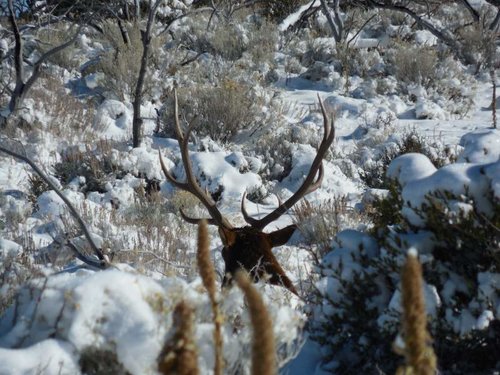CubsFan
Member
Hello, hoping some people may entertain a few general questions from a novice.
1. I get that at dawn and dusk you should be setup glassing but what are you generally doing between mid morning and when you set off for your evening glassing spot? Should I continue glassing hoping to spot bedded down elk? Still hunt dark timber? Something else?
2. From Randy's podcast on his elk system he says post-rut big mature bulls will be off by themselves but younger bulls will still be with the cows. Generally speaking will some of those younger bulls with the cows still be legal shooters based on Colorado's rules (4 point or brow tine of 5+ inches)?
3. How would my strategy change if I was going after a young but legal bull or cow (I have a cow tag for late season)?
Thanks!
1. I get that at dawn and dusk you should be setup glassing but what are you generally doing between mid morning and when you set off for your evening glassing spot? Should I continue glassing hoping to spot bedded down elk? Still hunt dark timber? Something else?
2. From Randy's podcast on his elk system he says post-rut big mature bulls will be off by themselves but younger bulls will still be with the cows. Generally speaking will some of those younger bulls with the cows still be legal shooters based on Colorado's rules (4 point or brow tine of 5+ inches)?
3. How would my strategy change if I was going after a young but legal bull or cow (I have a cow tag for late season)?
Thanks!





